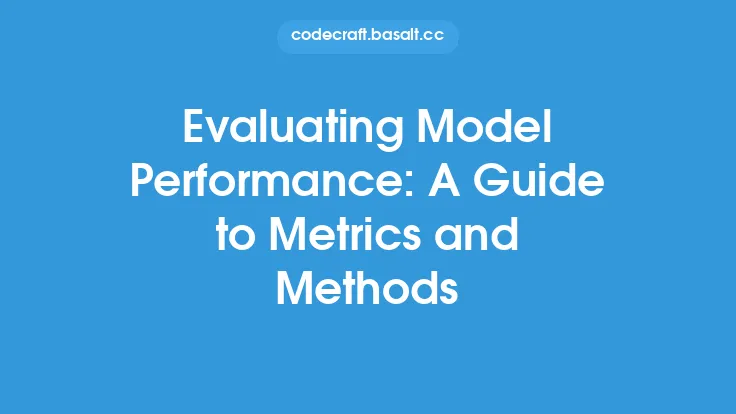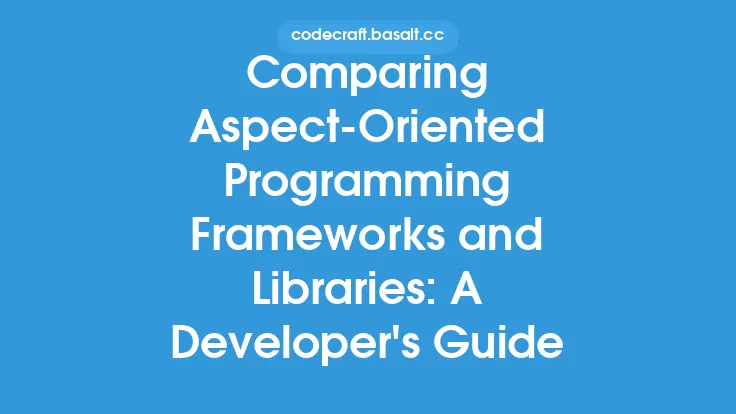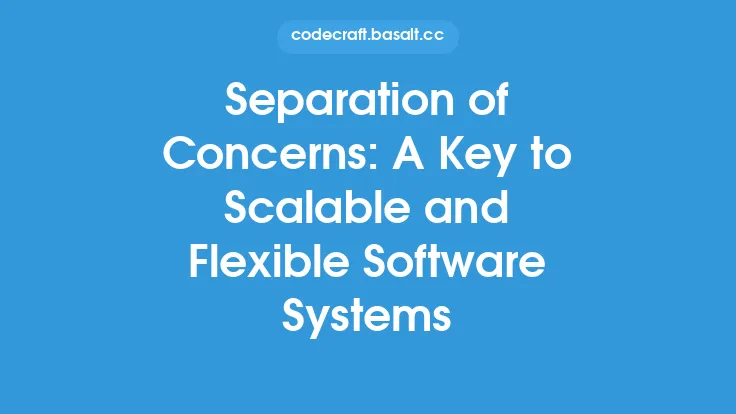Part-of-speech tagging is a fundamental concept in natural language processing (NLP) that involves identifying the part of speech (such as noun, verb, adjective, etc.) that each word in a sentence or document belongs to. This process is crucial in understanding the meaning and context of text, as it helps to disambiguate words with multiple possible meanings and provides valuable information for downstream NLP tasks.
Introduction to Part-of-Speech Tagging
Part-of-speech tagging is a type of classification task, where each word in a sentence is assigned a tag that indicates its part of speech. The most common parts of speech include nouns, verbs, adjectives, adverbs, pronouns, prepositions, conjunctions, and interjections. Each part of speech has its own set of characteristics and functions, and accurate identification of these tags is essential for many NLP applications.
History and Evolution of Part-of-Speech Tagging
The concept of part-of-speech tagging has been around for decades, with early work dating back to the 1960s. Initially, part-of-speech tagging was performed using rule-based approaches, which relied on hand-coded rules and dictionaries to assign tags to words. However, these approaches were limited in their accuracy and scalability, and were soon replaced by machine learning-based approaches. The development of machine learning algorithms, such as hidden Markov models (HMMs) and support vector machines (SVMs), enabled the creation of more accurate and efficient part-of-speech taggers.
Part-of-Speech Tagging Algorithms
There are several algorithms that can be used for part-of-speech tagging, including:
- Rule-based approaches: These approaches use hand-coded rules and dictionaries to assign tags to words. While simple and efficient, these approaches are limited in their accuracy and scalability.
- Machine learning-based approaches: These approaches use machine learning algorithms, such as HMMs and SVMs, to learn the patterns and relationships between words and their parts of speech. These approaches are more accurate and scalable than rule-based approaches, but require large amounts of training data.
- Deep learning-based approaches: These approaches use deep learning algorithms, such as recurrent neural networks (RNNs) and convolutional neural networks (CNNs), to learn the patterns and relationships between words and their parts of speech. These approaches are highly accurate and scalable, but require large amounts of training data and computational resources.
Applications of Part-of-Speech Tagging
Part-of-speech tagging has a wide range of applications in NLP, including:
- Language translation: Accurate part-of-speech tagging is essential for language translation, as it helps to disambiguate words with multiple possible meanings and provides valuable information for machine translation systems.
- Text summarization: Part-of-speech tagging can be used to identify the most important words and phrases in a document, and to generate summaries that capture the main points and ideas.
- Sentiment analysis: Part-of-speech tagging can be used to identify the sentiment and tone of text, by analyzing the parts of speech and their relationships.
- Information retrieval: Part-of-speech tagging can be used to improve the accuracy and relevance of search results, by analyzing the parts of speech and their relationships in search queries and documents.
Challenges and Limitations of Part-of-Speech Tagging
Despite its importance and wide range of applications, part-of-speech tagging is a challenging task that is limited by several factors, including:
- Ambiguity: Many words have multiple possible parts of speech, making it difficult to assign a single tag.
- Context: The part of speech of a word can depend on the context in which it is used, making it difficult to assign a tag without considering the surrounding words and phrases.
- Language variability: Languages are constantly evolving, with new words and expressions being added all the time, making it difficult to keep part-of-speech taggers up-to-date and accurate.
Future Directions and Trends
Despite the challenges and limitations of part-of-speech tagging, there are several future directions and trends that are likely to shape the field, including:
- Deep learning-based approaches: The use of deep learning algorithms, such as RNNs and CNNs, is likely to continue to improve the accuracy and scalability of part-of-speech taggers.
- Multilingual part-of-speech tagging: The development of part-of-speech taggers that can handle multiple languages is likely to become increasingly important, as the need for NLP systems that can handle multiple languages grows.
- Part-of-speech tagging for low-resource languages: The development of part-of-speech taggers for low-resource languages is likely to become increasingly important, as the need for NLP systems that can handle these languages grows.
Conclusion
Part-of-speech tagging is a fundamental concept in NLP that involves identifying the part of speech that each word in a sentence or document belongs to. While it is a challenging task that is limited by several factors, including ambiguity, context, and language variability, it has a wide range of applications in NLP, including language translation, text summarization, sentiment analysis, and information retrieval. As the field continues to evolve, we can expect to see the development of more accurate and scalable part-of-speech taggers, using deep learning-based approaches and other techniques.





